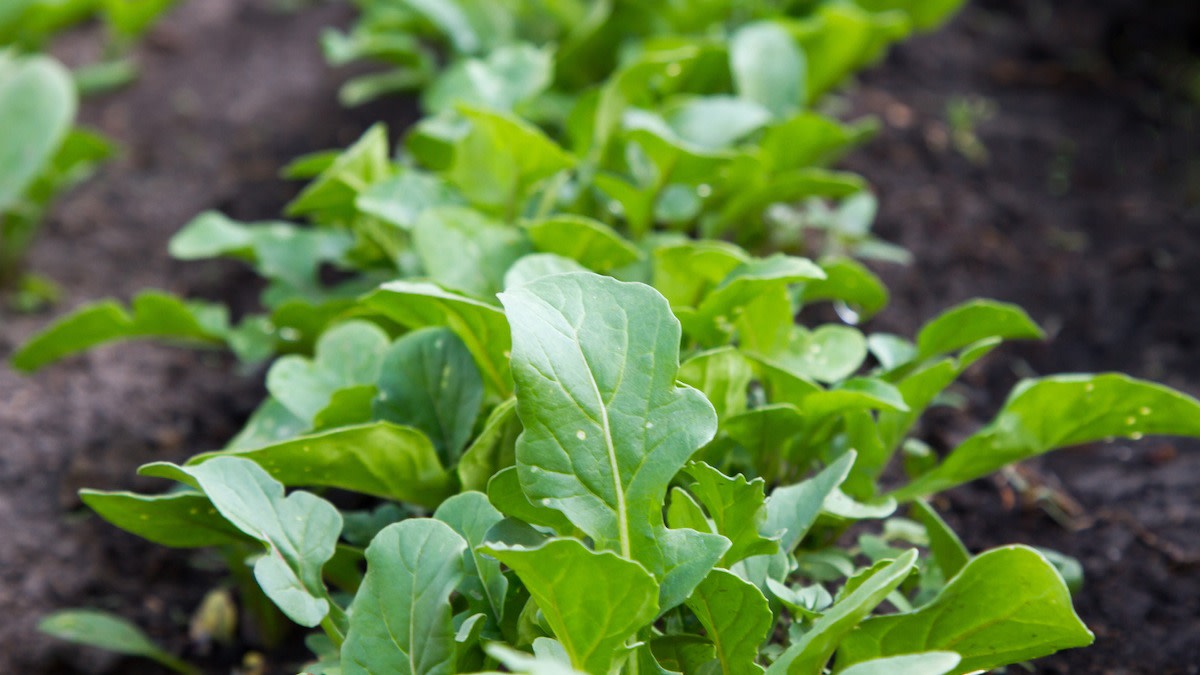How to Grow Greens in Your Home Garden
Written by MasterClass
Last updated: Jun 7, 2021 • 2 min read
Greens are among the easiest vegetables for home gardeners to grow. If you’re new to gardening, greens are a great fall or spring crop.
Learn From the Best
What Are Greens?
The term “greens” covers a wide variety of cold-hardy, fiber-rich leafy plants you can grow in your garden. Lettuce is one of the most widely consumed leafy greens. There are four main types of lettuce: butterhead (or bibb), crisphead (or iceberg lettuce), romaine, and leaf lettuce. Other types of greens include arugula, kale, spinach, chard, watercress, turnip greens, and collard greens.
When to Plant Greens
The growing season for greens depends on your local climate. Greens thrive during a moderately cool season, which usually means the fall or early spring. Many gardeners plant lettuce seedlings as early as a month before the last frost of the year. Hot weather can cause lettuce to bolt—which is when lettuce forms a flower stalk with bitter outer leaves; to avoid bolting, it’s best to plant and harvest greens before the summer heat. You can grow heartier greens like kale and arugula during mild winters in a warmer climate, as long as soil temperatures stay above 45°F.
How to Grow Greens
From cabbage to kale to butter lettuce, most greens are resilient and easy to grow.
- 1. Planting: Plant lettuce in moderately moist soil. Sow seeds in rows about a quarter of an inch deep in the soil and 12 inches apart.
- 2. Temperature: Greens thrive during the cool weather of early spring and fall. If you have a greenhouse or you cover your crop with a cold frame, you can continue growing lettuce into the winter. Another way to protect young lettuce plants against sudden temperature drops is to use a row cover—a thin gardening fabric that covers your garden beds and seals in warmth. Though greens do well in full sun, direct sunlight during warm weather can quickly lead to bolting and bitter-tasting lettuce leaves.
- 3. Soil: Greens will not germinate in soil that is too moist. If your soil is consistently wet, consider using raised garden beds. The elevated soil levels in a raised bed allow for more drainage. Soil with high clay content is more likely to retain too much moisture. Adding sand, mulch, or compost to your garden can help offset high clay levels in your soil and lead to the formation of loam.
- 4. Watering: Make sure you don’t overwater your greens, especially if you’re planting in the very early spring or late fall. The cold temperatures during these seasons mean less evaporation. Hand watering once or twice a week is usually enough to ensure healthy growth.
- 5. Harvesting: It can take months for a head of lettuce or cabbage to fully mature, a waiting game during which lots can go wrong (from aphids and slugs to hungry rabbits and heatwaves), which is why many gardeners hedge their bets and harvest “baby” greens (immature versions of the full-sized crop). These tender specimens may be picked in as little as 30 days from when the seeds are planted. For leafy greens like kale and collards, you can pick off outer leaves as they mature, allowing the plant itself to continue producing.
Learn More
Grow your own food with Ron Finley, the self-described "Gangster Gardener." Get the MasterClass Annual Membership and learn how to cultivate fresh herbs and vegetables, keep your house plants alive, and use compost to make your community - and the world - a better place.
